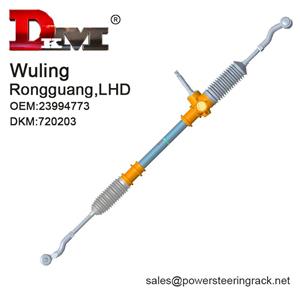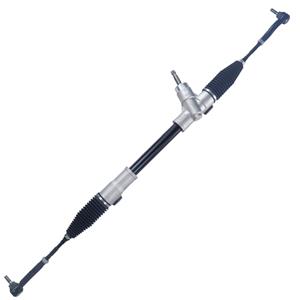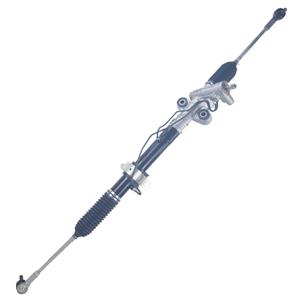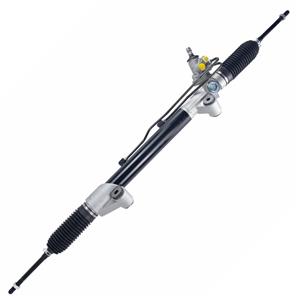Why does power steering fluid leak when my car is parked?
Power steering fluid leakage is one of the common mechanical problems in vehicles, especially when the vehicle is parked. This phenomenon will not only cause the steering system to fail and affect driving safety, but also increase maintenance costs. If you notice a power steering fluid leak while your vehicle is parked, understanding its cause is the first step in solving the problem.
This article takes an in-depth look at the reasons why power steering fluid leaks while parked, covering aspects from system design to material aging.
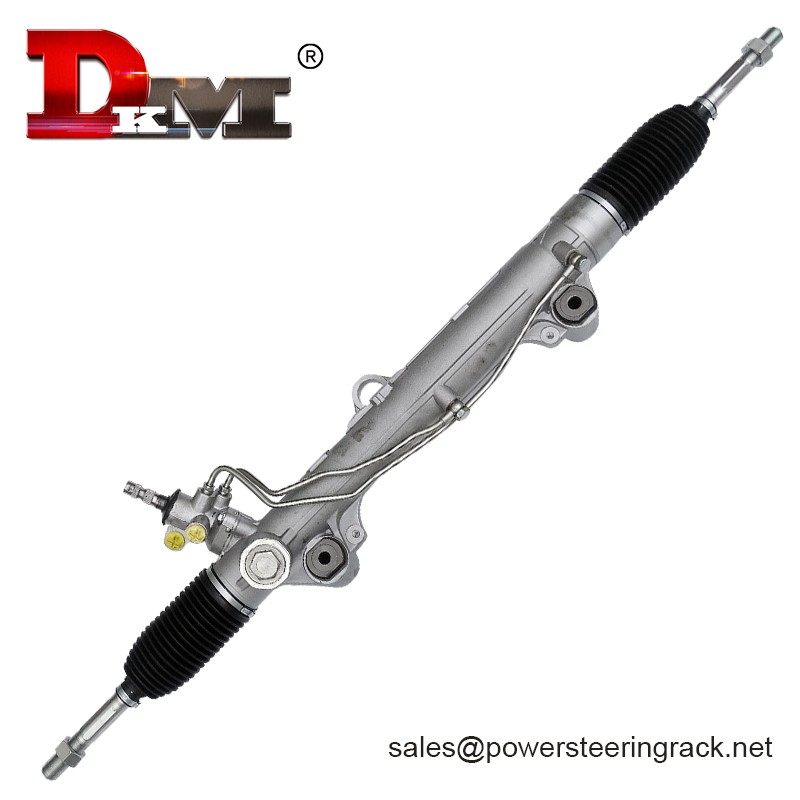
What is the basic working principle of the power steering system?
Before we delve into the causes of power steering fluid leaks, it is necessary to understand how the power steering system works. The core function of the power steering system is to reduce the driver's effort required when turning through hydraulic power assistance. This system usually consists of the following key components:
1. Power steering pump: It is connected to the engine through a belt and pumps hydraulic oil to generate power assist.
2. Hydraulic oil pipe: responsible for transporting hydraulic oil and connecting the pump to the steering rack or steering gear.
3. Steering rack or steering gear: The pressure of hydraulic oil helps the driver turn the front wheels.
4. Hydraulic tank: stores power steering fluid and maintains proper pressure through the circulation system.
When the vehicle is running, the power steering pump continues to work, and hydraulic oil flows through the oil pipes and valves to provide assistance to the steering system. However, when the vehicle stops running, the pressure in the hydraulic system will gradually decrease, but still maintain a certain residual pressure. This is the basis for power steering fluid leakage when parking.
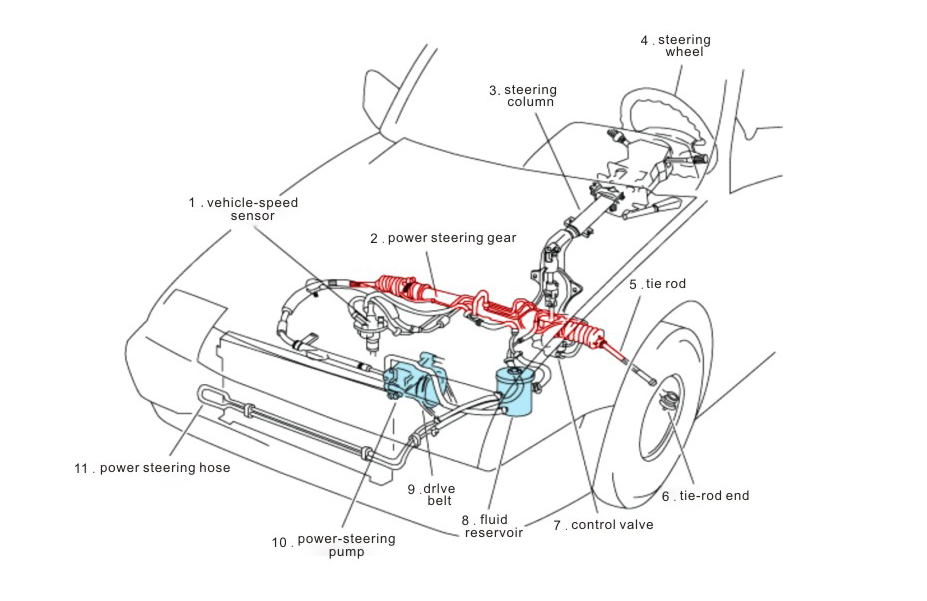
What are the main causes of power steering fluid leaks?
The root cause of power steering fluid leakage problems can be attributed to multiple factors within the system, including mechanical failure, material aging, and external damage. Here are a few common reasons:
Seals are aged or damaged
One of the most common causes of leaks in power steering systems is aged or damaged seals. Seals are usually made of rubber or other elastic materials. When exposed to hydraulic oil for a long time, they are prone to failure due to the corrosiveness of the oil, temperature changes, or mechanical stress.
● Aging: Over time, the elasticity of the seal will weaken, causing it to be unable to effectively prevent the leakage of hydraulic oil.
● Mechanical wear: The friction between the seal and the metal parts will cause small cracks or wear points on the surface, which become a path for liquid leakage.
● Chemical corrosion: The chemical components in some inferior hydraulic oil may accelerate the aging of rubber seals, causing them to lose their original sealing performance.
Cracks or damage to hydraulic oil pipes
Hydraulic oil pipes are important channels for conveying fluid in the power steering system. These oil pipes are usually made of high-strength rubber or synthetic materials to withstand the impact of high-pressure liquid. However, these oil pipes may be affected by a variety of stress factors during use.
● Temperature changes: The high temperature of the engine will cause the material of the hydraulic oil pipe to expand and contract with heat, causing cracks or deformation.
● External physical damage: The oil pipe is located in the engine compartment and may be impacted or rubbed by external objects, causing rupture.
● Loose connections: If the connections between hydraulic oil pipes, pumps, and racks are loose, liquid may leak from the joints.
Power steering pump failure
The power steering pump is the core component of the entire hydraulic system. It is composed of multiple cooperating mechanical components. These components work under high pressure conditions and are easily worn or failed.
● Cracks in the pump body: If the pressure in the pump body is too high or the material itself is defective, it may cause tiny cracks in the pump body, leading to liquid leakage.
● Shaft seal failure: The shaft seal of the power steering pump is one of the common leak points. Since it is subject to high rotation speed and temperature changes, it is prone to wear or aging.
● Internal valve problems: If the valves in the pump become blocked due to impurities or wear and tear, the internal pressure may become unstable and cause leakage.
Damaged steering rack or steering gear
The steering rack or steering gear is also an important part of the power steering system. They realize the steering function of the vehicle through the pressure of hydraulic oil. However, over long-term use, these parts can also develop problems.
● Internal leakage of the rack: If the piston and seals inside the rack are worn or aged, the liquid may leak internally and eventually seep out to the outside.
● Steering gear cylinder damage: If the steering gear cylinder is deformed due to external impact or uneven internal pressure, it may cause leakage.
● Excessive wear: Long-term use of the steering rack may cause wear of internal metal parts, thereby destroying the original sealing structure.
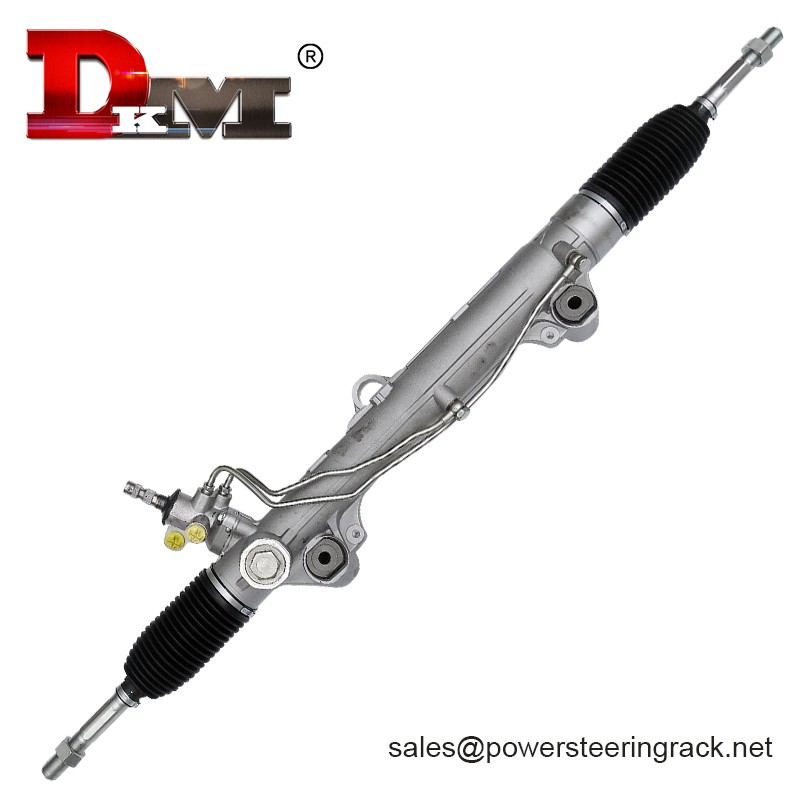
Why are fluid leaks more noticeable when the vehicle is parked?
Many car owners may find that power steering fluid leaks are particularly noticeable when the vehicle is stopped. This phenomenon can usually be attributed to several reasons:
Pressure relief for hydraulic systems
When the engine stops running, the power steering pump no longer works and the pressure within the hydraulic system begins to drop. Although the pressure is reduced, a certain amount of residual pressure will still exist in the system, especially if the seal has been aged or damaged. The residual pressure will encourage liquid to seep out from tiny cracks or wear points.
Temperature changes cause materials to shrink
After parking, the temperature in the engine compartment gradually decreases, and materials such as hydraulic oil pipes and seals will shrink due to the drop in temperature. If the materials themselves have aged or have stress concentration points, this shrinkage may exacerbate fluid leakage.
Gravity
The liquid in the hydraulic system is affected by gravity after parking. If the sealing in the system is not good, the liquid may flow out along the low points of the oil pipe and rack, causing liquid leakage.
Leakage of residual liquid
When the vehicle is stopped, the hydraulic oil will flow back to the reservoir due to gravity or remain at a low point in the system. If the seal has tiny defects, the residual fluid will gradually seep out and form a leak.
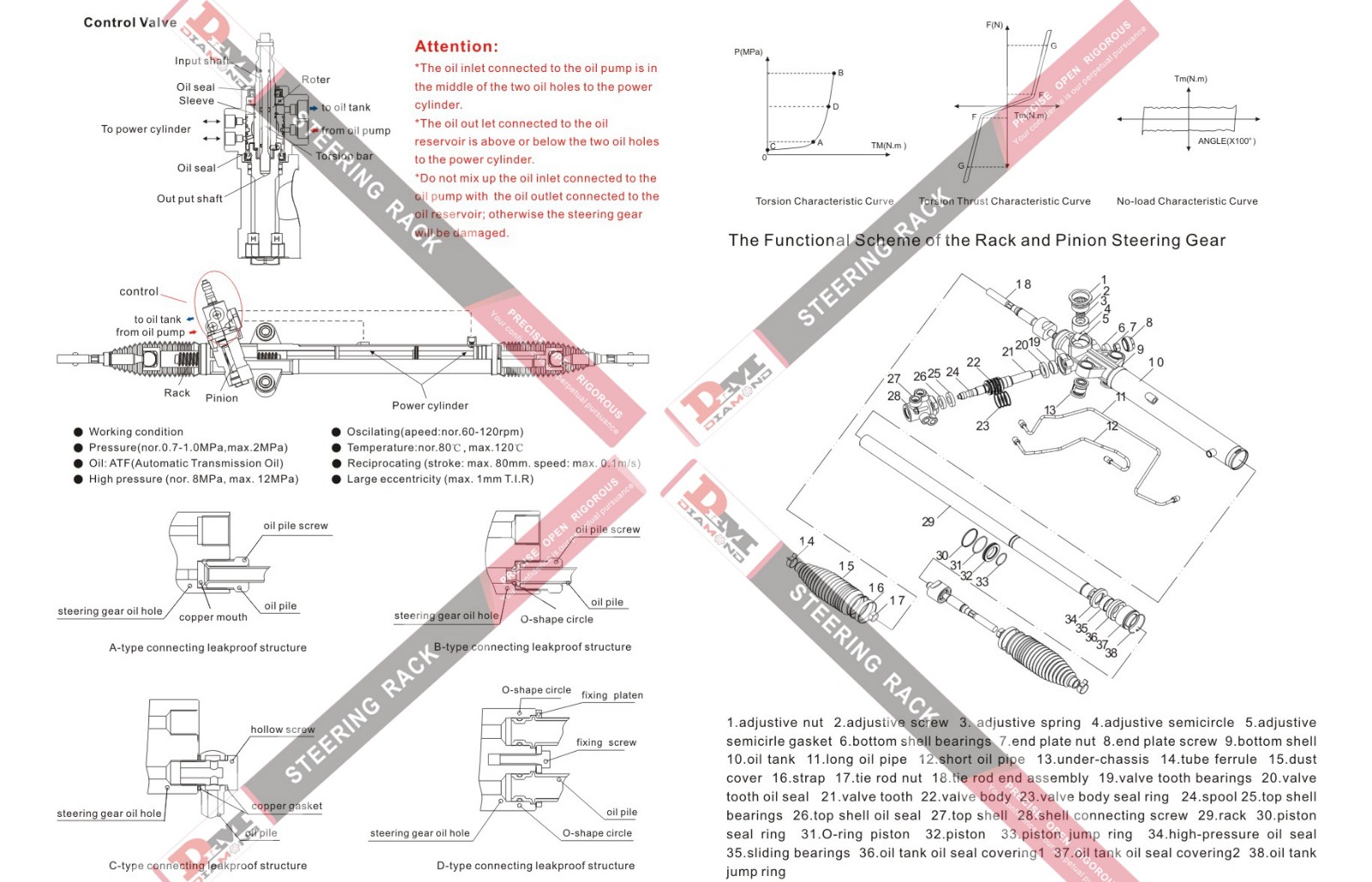
How to prevent and reduce power steering fluid leaks?
First, regularly checking the level, color and odor of the hydraulic oil, as well as the condition of the oil pipes and connections, can help detect potential leaks early. Second, choosing high-quality hydraulic fluids and seals that meet manufacturer specifications can reduce the risk of leaks caused by material aging or chemical corrosion. In addition, avoiding long-term operation of the power steering system under high load conditions, such as frequent large-angle steering or long-term idling, can reduce system pressure fluctuations and component wear.
Once components such as seals, oil pipes or power steering pumps are found to show signs of aging or damage, they should be replaced in time to avoid more serious leakage problems.

